
In these extracts from his new book 'The Hillwalking Bible', Ronald Turnbull examines the attractions of walking, and one of its commonest pitfalls...
On walking up hills
It's one of those cold, clear November mornings. At half past seven, primrose coloured light is seeping up into the bottom of the sky. As I lock the house behind me, an owl hoots somewhere in the dark woods. Cold air on my face, cold air in my nose every time I take a breath, my footsteps crunchy in the frost along the empty road. After half an hour, the first sun lights up the hillside above me. The dead bracken glows like a fox who's just had a shampoo and blow dry. Sunlight creeps downwards, lies in streaks across the fields, highlighting a white cottage, laying grey-blue shadow along the dip of a stream.
Against the horizontal sunlight the ruined Morton Castle is an old painting that's just had the varnish scraped off back to its original colours. And again, upside down, in the mirror-flat lochan.
Walking up hills. It's what legs, and lungs, were made for
Fifteen minutes up the hill, the wide valley is spread below, the woodlands chocolate brown, the fields the green of peppermint icing, farm ponds gleaming like silver foil. Today, in the second autumn after lockdown, there'll be queues for the cairn on Snowdon and Scafell Pike. But here on Morton Mains Hill, it's Margo in the yellow jacket and Julie in the red one, two neighbours from the nearby town – and jolly surprising to see any other people at all up here. They're surprised as well, and we chat for a minute before they head round to the little reservoir behind the hill and I head up along the ridge.
It's a tiny one, Morton Mains Hill, just 328 metres high. But it sticks into the curve of the valley so you see all the way down to Criffel Hill behind Dumfries, the shine of the Solway Firth, a bumpy blue shadow that's the hills of England on the other side. Up here on East Morton there's clumps of sedge-grass going ochre brown, and the grass path of a shepherd's quad bike, and the bank of an Iron-age hill fort. And high above the reservoir, a bird-shape that's big, and never moves its wings – long fingershape wings, slightly splayed at the ends – can it be the Southern Upland eagle, reintroduced last summer in the higher hills away in the east? No, silly – it turns, much too quick for an eagle, and shows its slightly forked tail. It's a red kite, they've been back in our valley for the last five years now.
Two more little hills ahead of me, and I'll still be home in time for lunch.
Walking. By the time we're five years old, most of us are pretty good at it. As humans we've been at it for the best part of two million years. If you wanted to gather some berries that just came into season over in the next valley, or track down a tasty elk, or explore the sexual opportunities in the villages down the river – you went for a walk.
We may have forgotten how to head into unknown country with only our brains and eyes to guide us. But those skills are still there, written into our minds by 2 million years of evolution
And if you were good at walking – not just strong in the legs and lungs, but clear eyed in understanding the country, cunning in working out your way, logistically skilled in the simple art of packing the rucksack – if you were good at walking, you were good at life.
Walking as a form of fun is more recent. I date it from Monday 2nd August 1802, when the poet Samuel Taylor Coleridge tore the twigs off his wife's besom broom to make a walking stick and set off for a nine-day hike around the Lake District. Before that Monday morning, the hills and the long distance paths weren't a form of fun because they were just everyday life. Across the Southern Uplands to Edinburgh to get an education. Down the Great North Road to get a job. Across the Pennines in a snowstorm to visit your best female friend in the Vale of York.
But our ancestor of fifty thousand years ago, who picked her way up the icefield and reached the rocky ridgetop – looked out over the undiscovered valley, with its lake and its fish, its grasslands and woods, its river running down just so and its small hills arranged just so – we know that a little flame of delight burned in her heart. We know because, standing on Ben Lomond or Snowdon or the Langdale Pikes, the same little flame will burn in us as well.
Hillwalking, or walking along the coastline or over the bleak, empty moors: this is a natural, non-technical form of fun. It doesn't need much specialist kit, and the knowledge and skills you need are ones you'd already have if you'd only been born in the Stone Age. Maybe, living in cities, we've lost the habit of using our legs to get about the place. We may have forgotten how to head out into unknown country with only our brains and eyes to guide us. But those skills are still there, written into our minds by two million years of evolution. Plus, we've got our mobile phone and some excellent Ordnance Survey maps.
They don't know it, but three people I talked to a few weeks ago got me to write this book. The first is a neighbour who likes to go running. Not fast running, but quite a long way, ten miles or more on the farm tracks and little country roads. Now, the Southern Upland hills above where we live, they're just ideal for that sort of sport. Southern Uplands are grassy on top, with helpful grouse-shooter tracks, one hill linked to the next in wide, gentle ridgelines. No pools of tractor slurry, no muck spreaders trundling past, and great views out over the glens. Why doesn't she go running up on the Southern Uplands?
"Oh, no," she says. "Because I might get lost."
The other two were above Burnmoor Tarn, on the old corpse road from Wasdale Head. They were heading back round to Eskdale after a day up Scafell Pike. They'd enjoyed their day up and down the busiest path on England's highest hill. But –
Starting direct from Eskdale, there are some deeply wonderful ways onto Scafell Pike. You go by the huge, empty place that's the Great Moss, up beside the long waterfall called Cam Spout, to the dramatic little saddle below England's biggest crags. In the huge emptiness of the Great Moss you might meet two or three other people. Then again, you might not. Instead of all that, the two people on my path have chosen to hike around the hill to one of England's busiest car parks, so's to head up the wide, rebuilt path behind a hundred other people.
Walking up Scafell Pike from Wasdale (and then back down again the same way); Snowdon from Pen-y-pass (supposing you can get into the car park, which you can't); the Yorkshire Three Peaks, or even only one of them. Yes, these are enjoyable; and you almost certainly won't get lost. But I'm hoping this book will take you a little further. Or a whole lot further, over the hundreds of other hills the UK has to offer. The downlands of the South, the windy sea-cliffs, the grim peatmoors of the Pennines, the craggy corners of the Lake District, the harsh, romantic glens of Scotland. Using the wild country navigation embedded in your brain by two million years of evolution, along with a compass (costs £15), a map (about the same), and the mapping app on your mobile phone.
Walking up hills. It's what legs, and lungs, were made for.
The Gentle Art of Getting Lost
Getting lost: it's going to happen. Maybe not right away – maybe not for your first ten or twenty times on the hill. For those first ten or twenty times, you've waited for a clear, sunny weather forecast, and you've kept track of where you are, and you've ticked off the stream crossings and the summits and the tricky saddle points. But after the tenth time, or maybe the twentieth, you know a thing or two about this maps malarkey. And maybe the weather forecast's got some little grey clouds in it, but you do want to go up Great Gable.
Great Gable is great, just like the guidebook said it would be. But up at the top of it there's a waft of fluffy white cloud, a bit like they get up there on Everest. Inside the cloud it's all clammy and romantic, rocks and boulders looming like sleepy trolls, rainwater dripping off all the little overhangs. And it's easy! You just follow your nose up past some cairns, and here's the top of Great Gable with its little rocky outcrop and its plaque commemorating the fellwalkers of the First World War.
You're heading for the route down towards Beck Head. So now you turn right, 'cos that's what the map tells you to do. The stony plateau doesn't show any paths; but look, you're passing a cairn. But then you notice another cairn a few metres away on the left. And another one on the right… Great Gable has cairns everywhere, which is just about as helpful as having no cairns at all.
So you go back to the summit and start again, and this time you use the compass to get the correct direction. A few minutes later you're at the corner of the plateau. The stones and rocks are a bit trodden on, so this does look like the right way. And the mapping on your phone thinks so too. But it's rather steep, lots of little two-metre crags, and jammed boulders. You work your way downhill, on the rather slippery rocks.
And somehow – it's actually a rule of Nature – the cloud on this side of the hill goes down a lot lower than it did when you were coming up...
Lost but not least
- Is there a sheltered spot behind a boulder or a stone wall? Head for it. But don't walk on getting more and more lost while you're looking for it.
- Don't split up the party to look for the right way down. Just don't do it! Please! Better one group of lost hillwalkers consoling each other than six separate lonely lost hillwalkers.
- Put on some more clothes, have a drink, have a snack. Cold, dehydrated minds don't think so well.
- Take a good look at the map and work out where you think you are, and where else you might perhaps be. Then take a quick look at the smartphone to see if you're right. (You probably don't want to take a long slow look at the phone, not while it's raining like this.)
- Still can't work out how to continue your planned route? Then what does the map say about the slopes around you. Among the eight possible directions, there's going to be one that gets you down into the valley without any crags or very steep slopes or raging torrents. It might even be a valley that doesn't involve a £70 taxi ride to get back to your youth hostel.
- Finally, congratulate yourself. You've had an educational experience worth hundreds of pages of guidebook instruction. You've learned how to get lost.
The Hillwalking Bible
This is the definitive reference to hillwalking for all walkers with everything they need to know to explore the countryside with confidence.
As a respected author of walking guides, Ronald Turnbull brings together a lifetime of expert knowledge that'll improve your walks, big or small, with advice on scrambling, walking with children and dogs, and dealing with different weather conditions and emergencies. Ronald also includes 16 of his favourite walking routes, with stunning photography and maps, from the valleys of the Peak District to the Scottish Highlands.
The Hillwalking Bible is published by Conway (Bloomsbury) at £22 paperback, currently at £17.60 on the Bloomsbury website, where you can read a longer extract including the Foreword by Rhiane Fatinikun MBE. Kindle ebook at £11.44 from Amazon
- Introducing Scotland's New National Park and UNESCO World Heritage Site 5 Aug
- Mountain Literature Classics: Of Walking in Ice by Werner Herzog 15 Feb
- Mountain Literature Classics: South Col by Wilfrid Noyce 9 Jan
- My Favourite Map: Geology Plus Glaciers 11 Dec, 2023
- Mountain Literature Classics: Free Solo with Alex Honnold 29 Nov, 2023
- Mountain Literature Classics: That Untravelled World by Eric Shipton 3 Aug, 2023
- Mountain Literature Classics: Sir Gawain and the Green Knight 4 May, 2023
- Mountain Literature Classics: Menlove 9 Mar, 2023
- Mini Guide: The Cheviots 27 Feb, 2023
- Mountain Literature Classics: Basho - Narrow Road to the Deep North 12 Jan, 2023

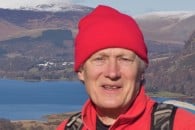












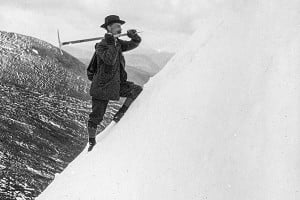



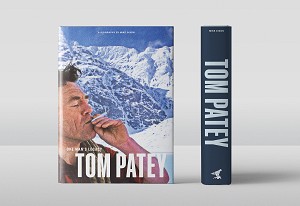
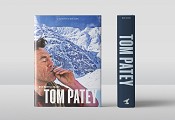

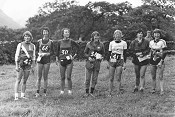

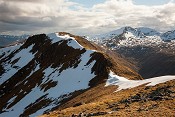

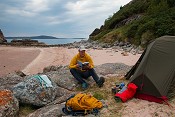

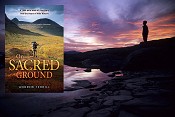
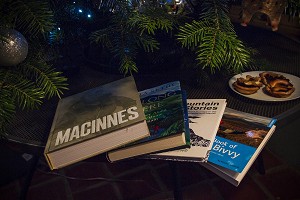
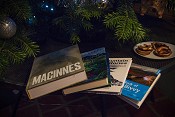
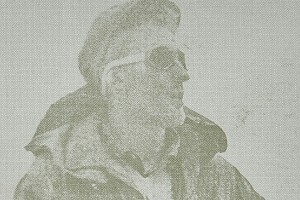
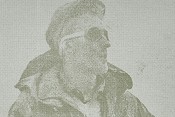
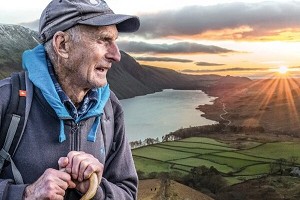

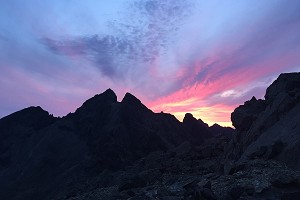
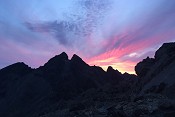
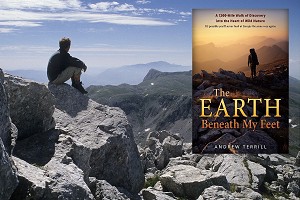
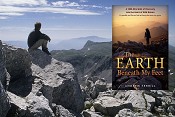
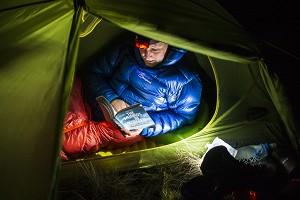
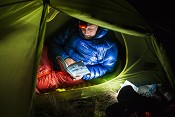
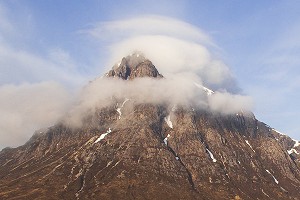
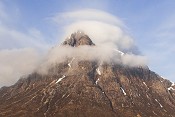
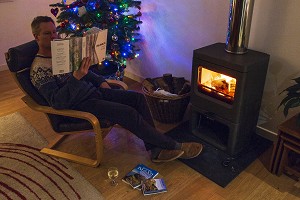
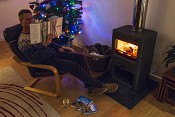
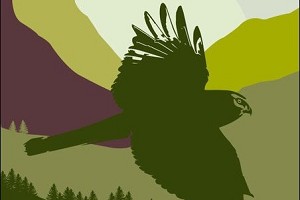
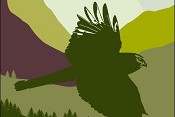
Comments